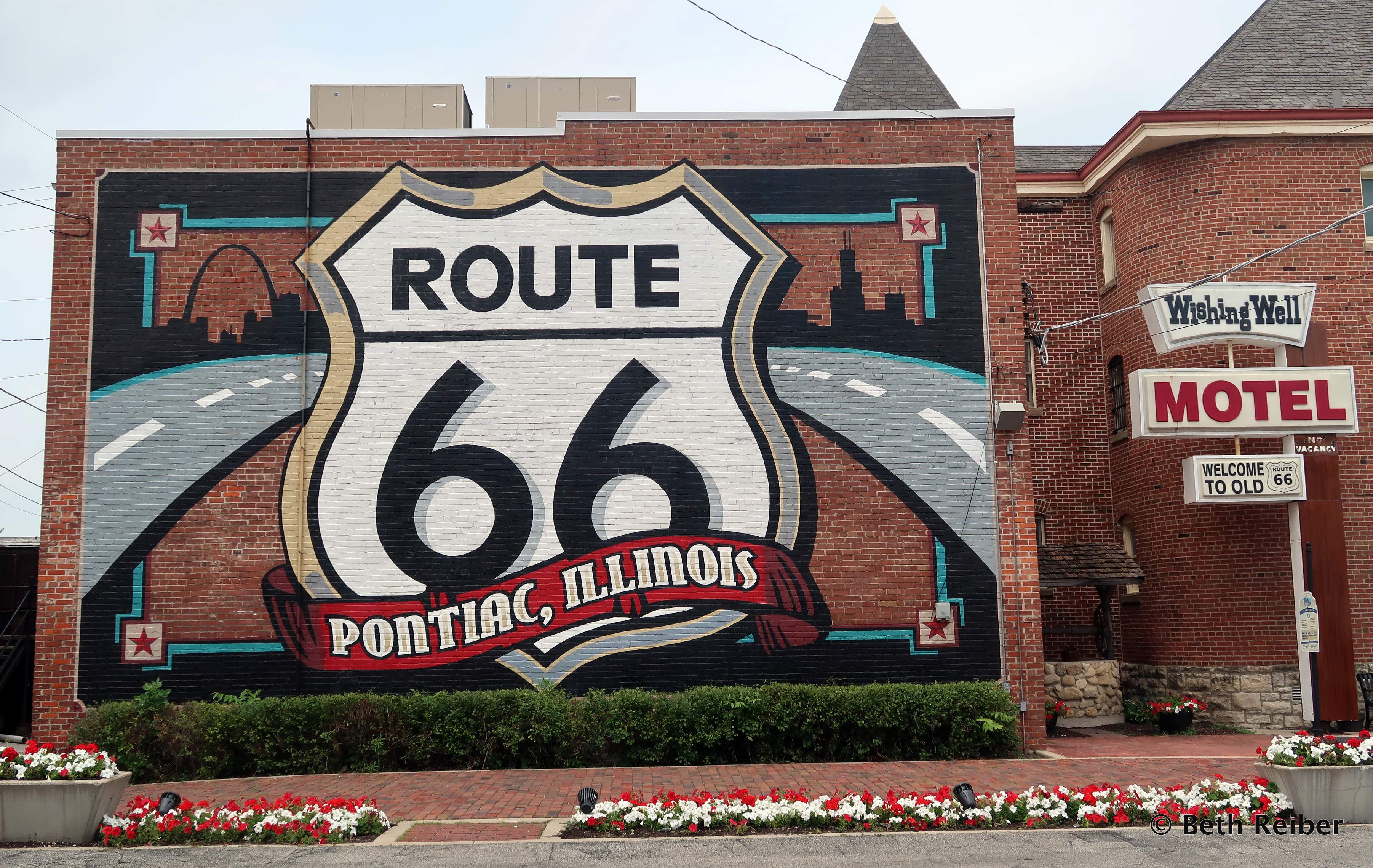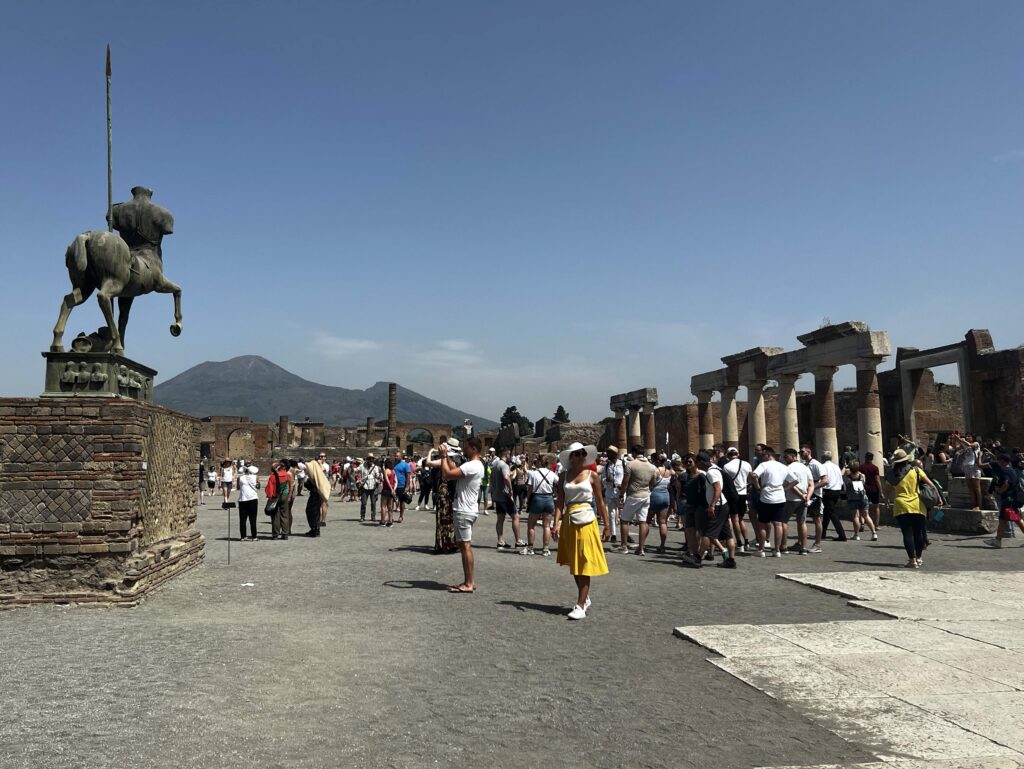I first went to Japan to write some travel articles and ended up staying to write books. But even though I’ve been writing about Japan for decades, I always feel a loss of words when trying to describe the country in a nutshell. Sure, everyone’s familiar with Mt. Fuji, Toyota and Sony, sushi and sake, and maybe even anime or Hokusai. But that doesn’t begin to cover the depth of Japanese culture, history, technology, lifestyle, topography and cuisine, all of which play a role in Japan’s best experiences.

Although it’s a cliché to call a country unique, for Japan it’s the country’s defining adjective. Some of that is due to its insularity as an island nation and to its homogenous population. But it’s also due to Japan’s 200-some years of self-imposed isolation, when the country was closed to the outside world and maintained a tightly controlled feudalistic society under the rule of the shogun. It’s startling to think that as recently as the mid-19th century, when the West was marching forward into the Industrial Revolution and Japan finally opened its ports to outside trade, this was the land of samurai, peasants, merchants and monks, even in what is now the center of Tokyo.
There’s so much to do and see in Japan, even a book can’t contain it all. But because lists touting the “best” are splashed everywhere (think the “Best Five Luxury Hotels in Hong Kong” or “The Best National Parks in America”), I’m contributing my own subjective list of Japan’s best experiences. From mist-shrouded Buddhist retreats to an island devoted to cutting-edge art, from elaborate kaiseki cuisine to Okinawan dishes credited with promoting longevity, there’s enough to satisfy the whims of every style of traveler. But seriously, my list should be 100 of Japan’s best experiences.
Soaking in a hot-spring bath

If there’s one universal ritual in Japan, it’s soaking in a hot-spring bath (onsen), popular since ancient times. Japan’s volcanic origins translate into more than 19,000 hot springs, many with therapeutic qualities for everything from metabolism to arthritis.
Baths range from simple affairs in small traditional inns to gigantic facilities with both indoor and outdoor pools. Spa resorts dot the nation, from the Kyushu mountaintop resort of Unzen and the Hakone region at the foot of Mt. Fuji to Tohoku’s rustic Nyuto Onsen. Bathing procedures are the same for all, cleansing before entering the tub and soaking in the buff (baths are separate for men and women).
Watching a parade of costumes

Festivals are hugely popular in Japan, with festivities relating to religion, history or culture held multiple times every week. Many feature participants dressed in traditional garb, from O-bon dancers wearing yukata (cotton kimono) to men in happi coats and loincloths carrying or wheeling gigantic floats through city streets.
The best parade highlighting traditional dress is Kyoto’s Jidai Matsuri (Festival of the Ages), held October 22 to commemorate the 794 founding of Heian-kyo (now Kyoto) as the new capital, with approximately 2,000 people wearing traditional costumes representing more than 1,000 years of history.
With famous Himeji Castle as a backdrop, the Oshiro Matsuri (Castle Festival) in early August includes a parade of more than 1,000 townspeople in warrior outfits and other costumes. Shunki Reitaisai (Grand Festival of Spring), held May 17 and 18 in Nikko, is a reenactment of shogun Tokugawa Ieyasu being transferred for reburial at Toshogu Shrine, with a procession of Shinto priests on horseback and some 1,000 men dressed as samurai warriors. For more information, see Japanese Festivals and Events.
Living longer with Okinawa’s cuisine

Separated from Tokyo by 1,000 miles and ruled by the Ryukyu Kingdom for 500 years, Okinawa developed its own language, culture and cuisine before its 19th-century annexation to Japan. In a country known for longevity, Okinawans stand out as one of the longest-living people in the world, thanks mostly to a diet of vegetables and seafood and a healthy lifestyle.
Traditional dishes include pork (like pig’s feet simmered in sake and soy sauce), goya (bitter melon), nabera (loofah), seaweed, sweet potato, and champuru (a stir-fried mixture of tofu, vegetables and other ingredients). Makishi Public Market, in the main town of Naha, offers a colorful display of local products. Many restaurants serve goya champuru, rafute (simmered pork belly) and other fare, including Ashibiuna and Yunangi, both in Naha. The drink of choice is awamori, a locally distilled liquor.
Sleeping like a Buddha on Mt. Koya

Reached via cable car, Mt. Koya is a famous Buddhist retreat, founded almost 1,200 years ago and now a World Heritage Site. More than 100 temples are spread along the mountaintop, almost half of them offering simple tatami rooms for overnight stays, vegetarian cuisine and the chance to participate in early-morning ceremonies.
The 1-mile trek through an ancient cemetery to the grave of Kobo Daishi, one of the most revered figures in Japanese history, should be hiked twice: at night, when 200,000 tombs under towering cypress trees take on a mystical glow, and during the day, when Buddhists dressed in white complete their pilgrimage here after visiting Shikoku’s 88 temples. Also not to be missed is Kongobuji Temple’s impressive rock garden.
I love this place. For me, it’s at the top of Japan’s best experiences.
Biking from Hiroshima to Shikoku

The Seto Inland Sea National Park is renowned for its 3,000-some islands and islets. Take in the scenery by cycling the Shimanami Kaido, a 43-mile dedicated biking trail that links Hiroshima Prefecture and Shikoku island via a series of islands connected by six bridges.
Rental bikes are available on both ends of the trail and along the way, with drop-off sites allowing rides of various lengths. Beaches, ice cream shops, restaurants, and sights—like Choseizan Kosanji Temple with its reconstructions of famous Japanese historic buildings, and Oyamazumi Shrine with an astonishing collection of samurai swords—make this one of Japan’s best outdoor experiences.
Feasting on a kaiseki meal

Kaiseki is the epitome of Japanese cuisine, an aesthetic feast for the eyes and the palate. With origins dating back to the imperial courts, Buddhist temples and the tea ceremony, kaiseki is not a specific dish but rather a multicourse meal, with each bowl, plate and ingredient dependent on the season and arranged like works of art.
Kaiseki is the trademark of Japan’s top Japanese inns and is served throughout the country in luxury hotels and restaurants decorated from rustic to contemporary Zen. Kyoto, home to the imperial court for 1,000 years and many Buddhist temples, is especially famous for kaiseki, with some restaurants (like Hyotei and Minokichi) offering meals fit for an emperor for more than 300 years.
Visiting off-the-beaten-path Matsue

The Shinkansen bullet train beats a well-worn track between Tokyo and Hiroshima, but less traveled is the route to Matsue near the northern coast of Western Honshu. On the shores of a lake and crisscrossed by a river and canals, it’s dominated by a castle and willow-fringed moat, around which are museums (like the Matsue History Museum), restaurants, shops, a 1779 teahouse offering traditional Japanese tea, and a modest samurai mansion open to the public.
Day trips from Matsue include the Adachi Museum, boasting one of the finest gardens in Japan as a spectacular backdrop to Japanese art since the 1860s, and the Iwami Ginzan Silver Mine, a World Heritage Site that illuminates the backbreaking work of miners during the feudal age.
Experiencing cultural immersion

You can see Japan’s many temples and gardens til you drop, but taking time out for a traditional green tea can give a different perspective to the whole experience. Many gardens have a tea house, where you relax with a cup of frothy green tea (matcha) and a sweet, often looking upon the garden’s best views. Other traditional pursuits include instruction in the tea ceremony, flower arranging, calligraphy, how to wear a kimono, and Japanese cooking, with Kyoto and Tokyo providing the most options.
Exploring where sumo wrestlers train

Sumo is a Japanese form of wrestling, with ancient traditions stemming from the Shinto religion and the Edo Period (1603-1867). The objective is to force an opponent outside of a 15-foot ring or cause him to touch the ground with anything other than his feet by employing a variety of holds and throws. Fifteen-day tournaments are held six times a year in Tokyo, Osaka and Fukuoka and are widely televised; in Tokyo, matches are held at Kokugikan stadium in January, May and September. Wrestlers are generally required to live and train in sumo stables, which you can visit on a tour when tournaments are not in session. Several companies offer tours, but at Arashiyo-beya stable there’s a window offering views of the big guys practicing inside.
Seeing cutting-edge art on Naoshima

Naoshima, a small island in the Seto Inland Sea, may well be Japan’s hippest destination. It’s devoted to contemporary art and architecture that complement the natural beauty of the island and sea and inspire self-discovery through interactive displays.
Benesse Art Site Naoshima consists of museums, outdoor sculptures, and the Art House Project which includes traditional homes and a shrine that have been transformed into thought-provoking art projects. Art museums, designed by architect Tadao Ando, include the Benesse House Museum, which includes works by Jasper Johns, Jackson Pollock, Jean-Michel Baquiat and other contemporaries as well as a hotel, and Chichu Art Museum, built entirely underground to preserve the island’s topography.
Hanging out in wacky Akihabara

Long famous as Japan’s largest electronics shopping district, Akihabara is also an emerging mecca for otaku (literally geeks) in search of manga (graphic comics and novels) and items relating to anime (Japanese animation) and cosplay (costume play). There are also many maid cafes, where young women dressed in frilly maid costumes serve tea, coffee and snacks. Most shops are on or around Chuo Dori, the main drag, and its offshoots.
Taking a hike

Hiking may not come to mind when thinking of Japan’s best experiences, but in a country where people traveled for centuries mostly on foot, trails are virtually everywhere: over mountains, along coasts, around lakes, from temple to temple.
Temple pilgrimages have a long history, like the 1,200-year-old network of trails that make up the Kumano Kodo, now a UNESCO World Heritage Site. Shikoku’s 88 Temple Pilgrimage links 88 temples on a 870-mile circuitous route around Shikoku island.
Japan’s longest hiking trail is the 600-mile Michinoku Coastal Trail, which passes through four prefectures and was opened in 2019 as a way to promote natural wonders and village life to areas affected by the 2011 earthquake and tsunami.
But you don’t have to walk for weeks to experience Japan’s scenic beauty. My favorite day hike is the Nakasendo highway between two old post towns in the Japan Alps, following in the footsteps of the samurai.
For more on Japan’s best experiences, see my other articles, including Japan’s Top World Heritage Sites.






ALL AMAZING SUGGESTIONS BETH ! I WOULD LOVE TO GO BACK BUT ALAS THE CANADIAN DOLLAR BEING AS IT IS THE FUTURE VISIT TO JAPAN IS NOT IN THE NEAR FUTURE SADLY !